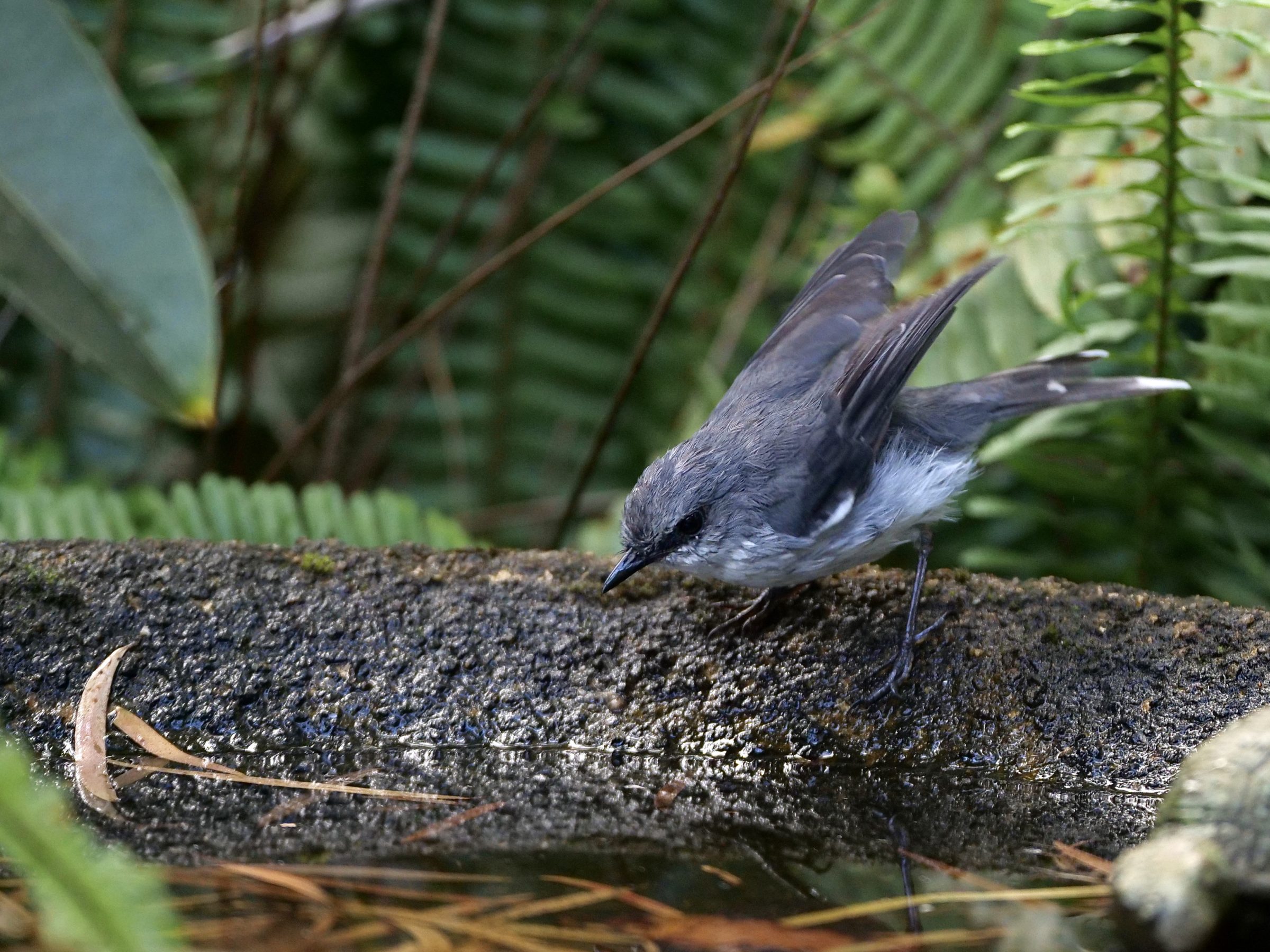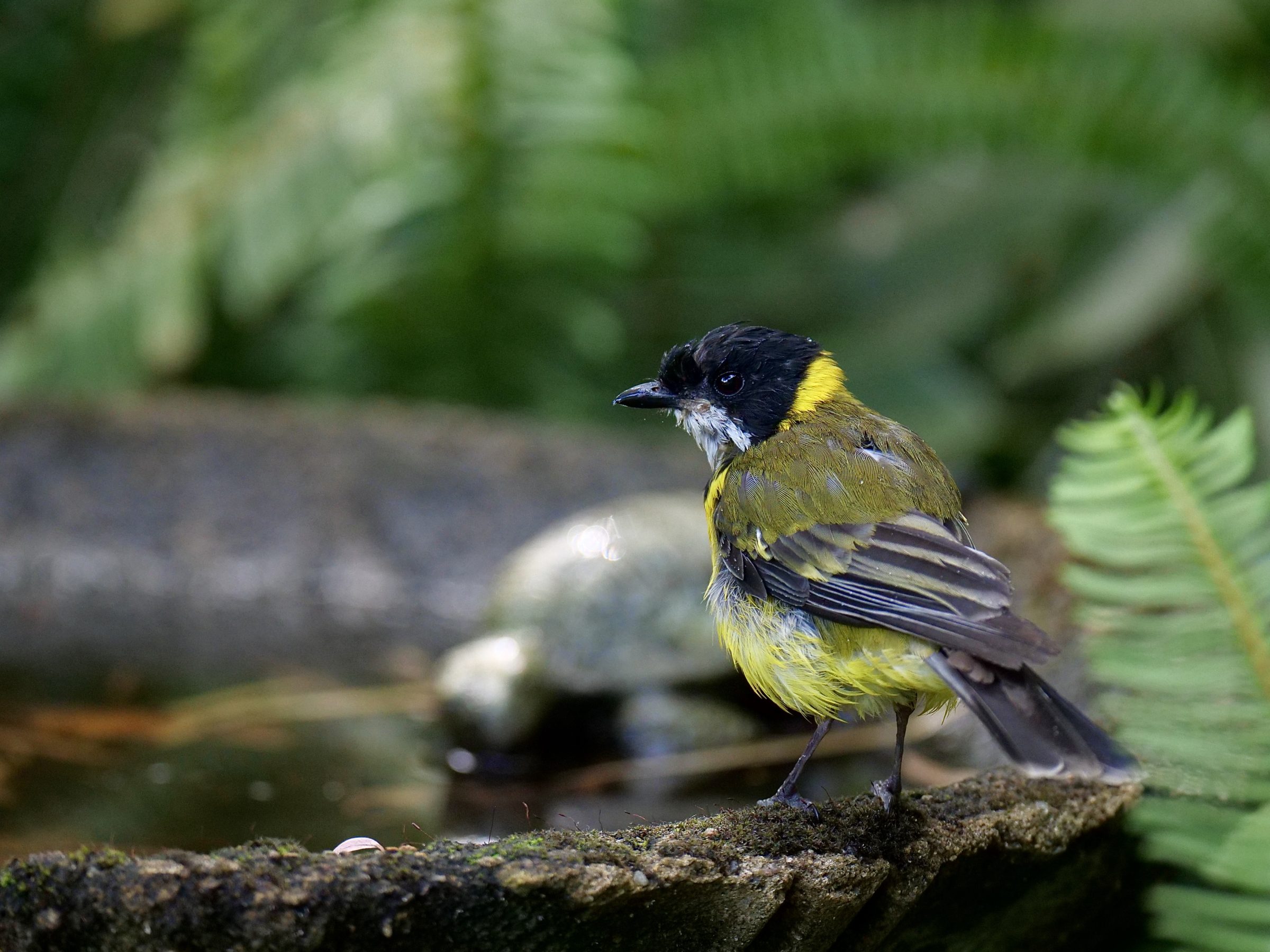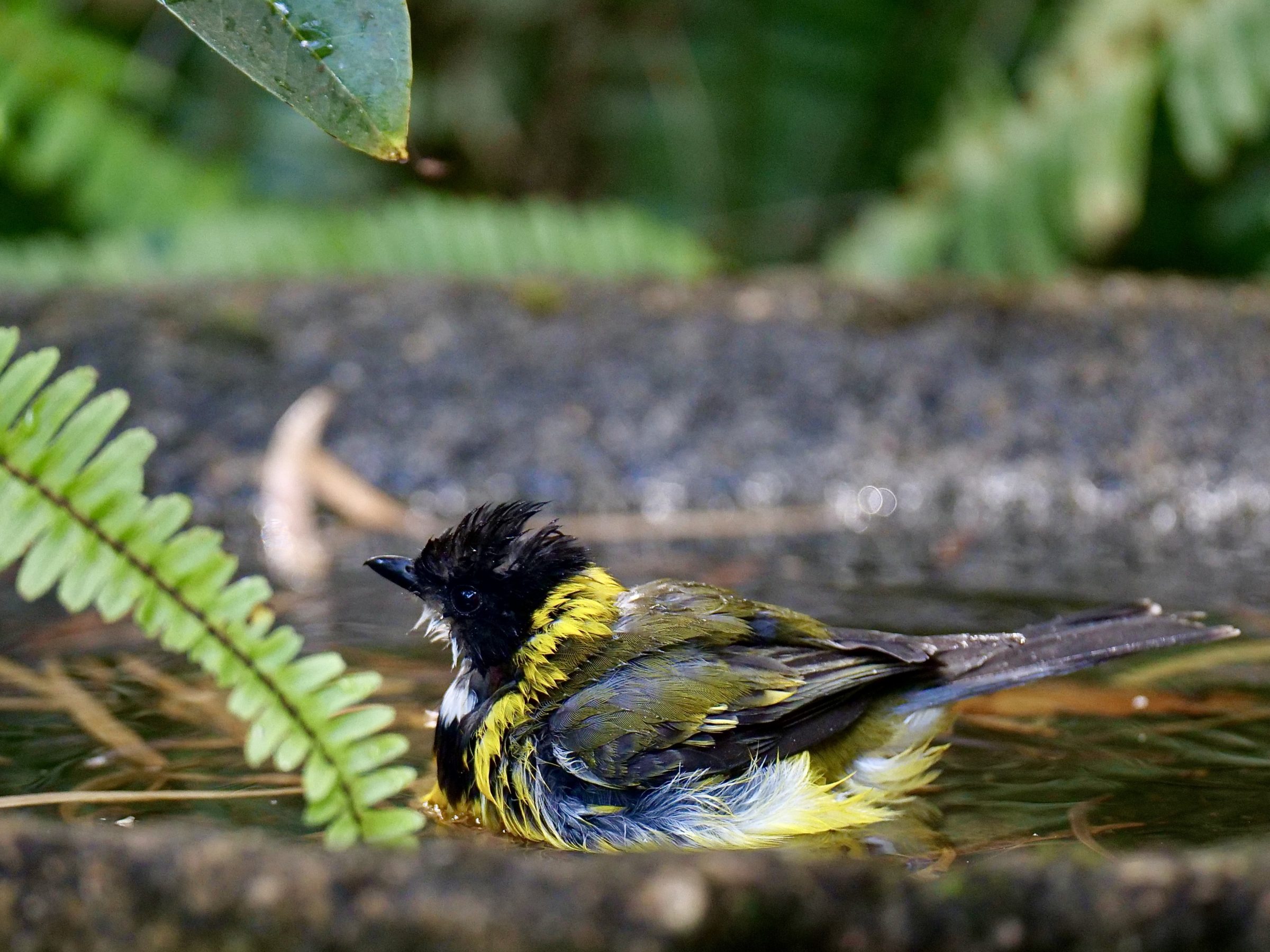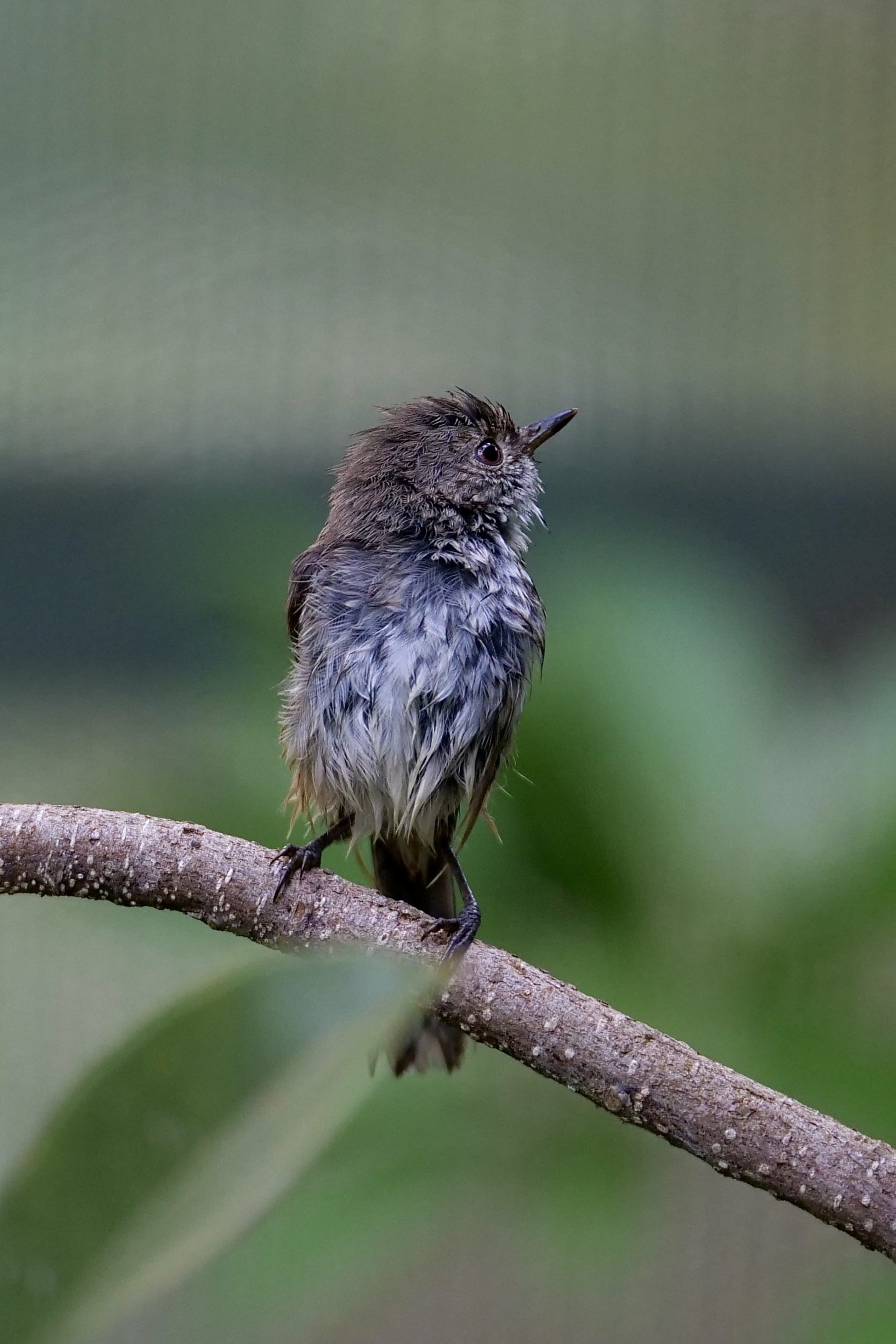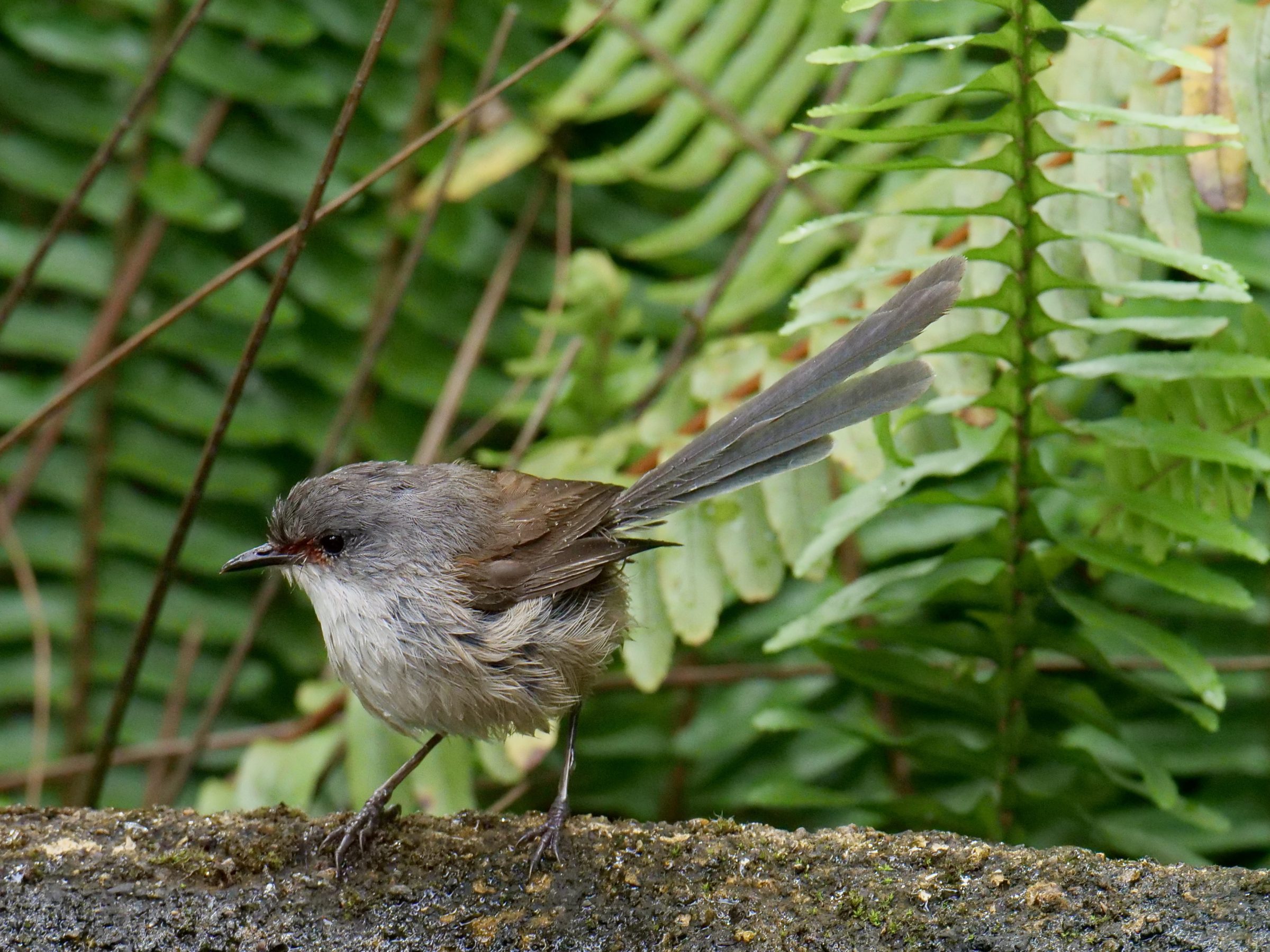..of Western Australia…
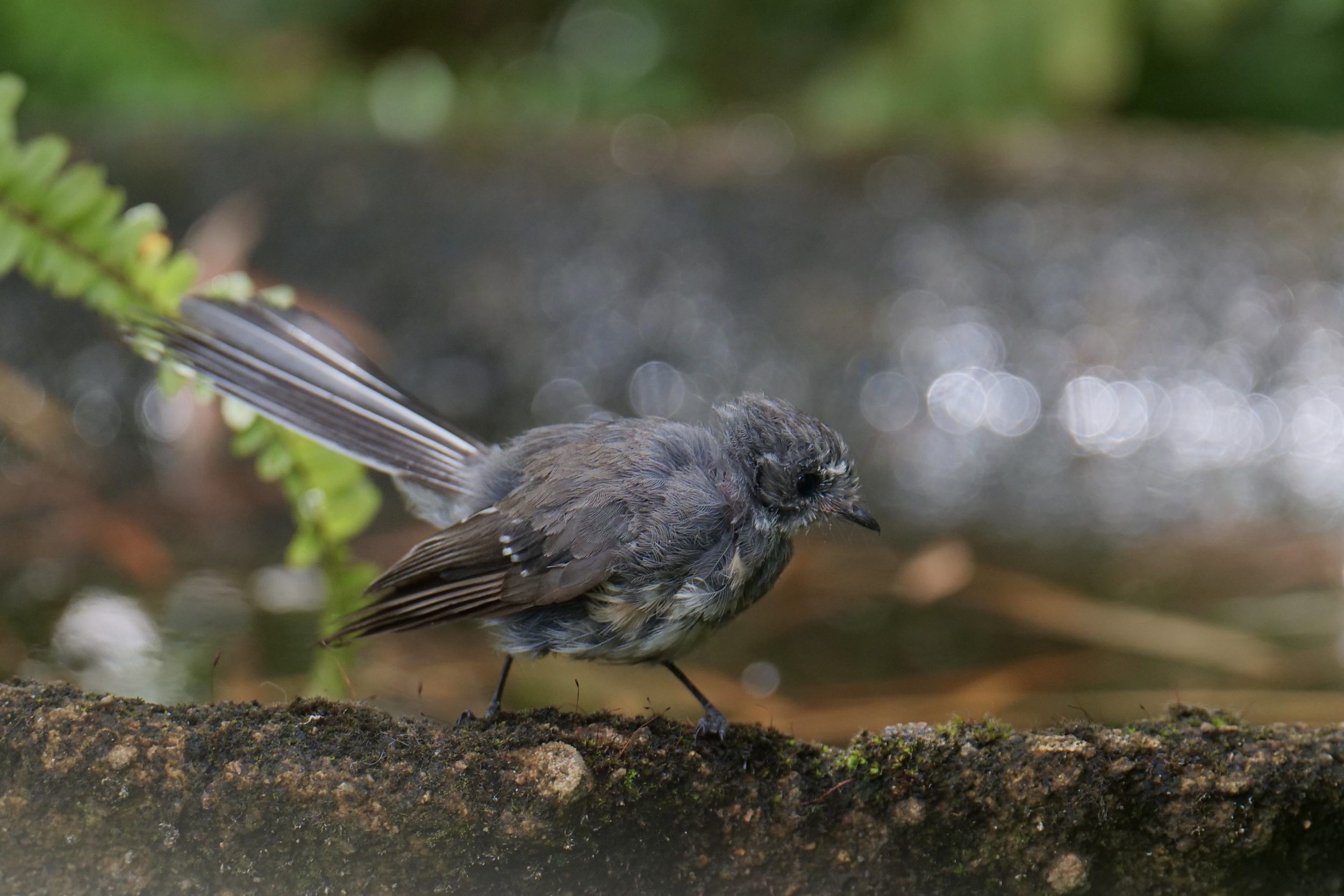
All photos in this post were taken from a verandah near a birdbath, circa one kilometre inland from Lowlands Beach, which is a little west of West Cape Howe – the WA mainland’s southernmost point.
(the featured image’s heroine is a Splendid Fairy-wren)
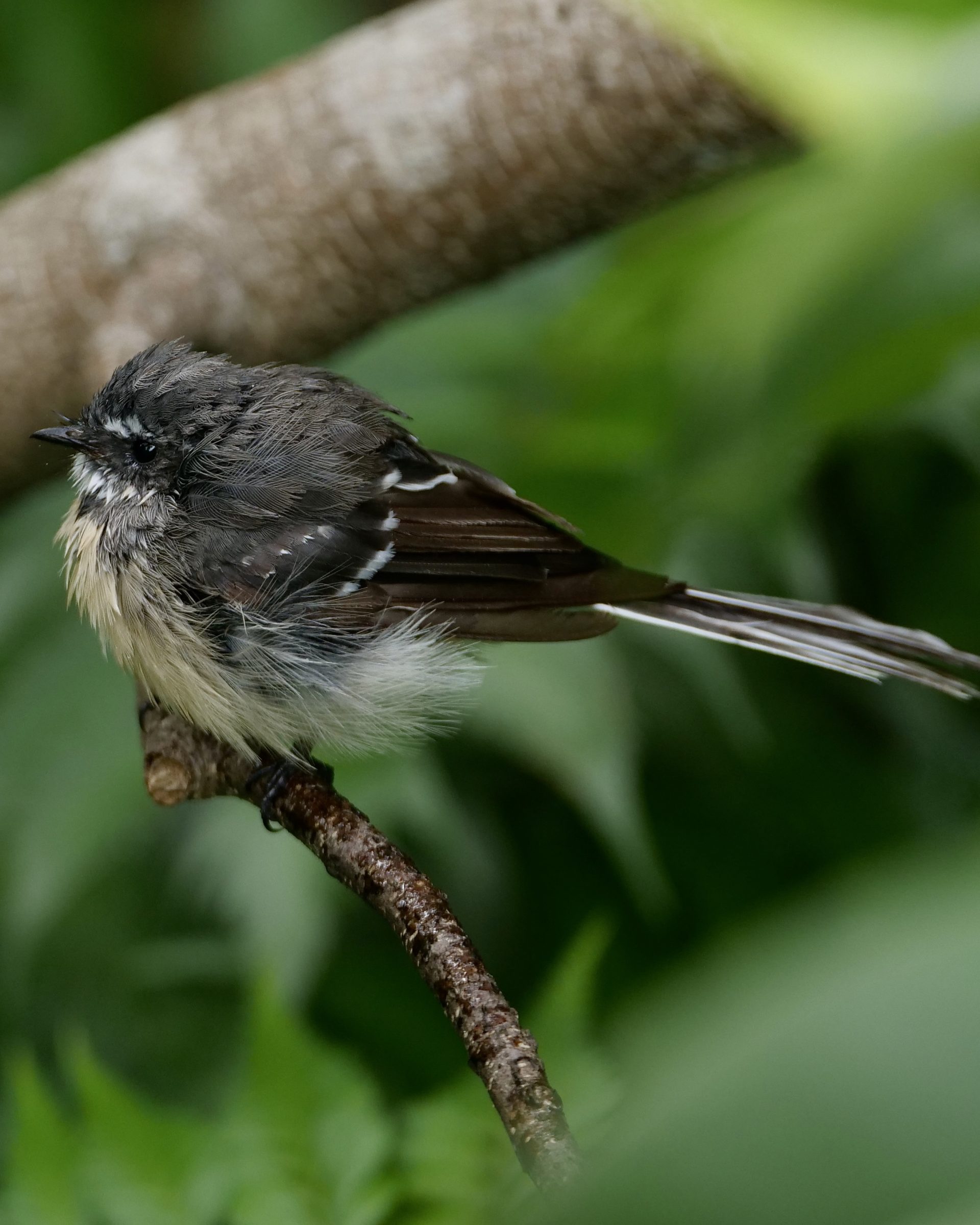
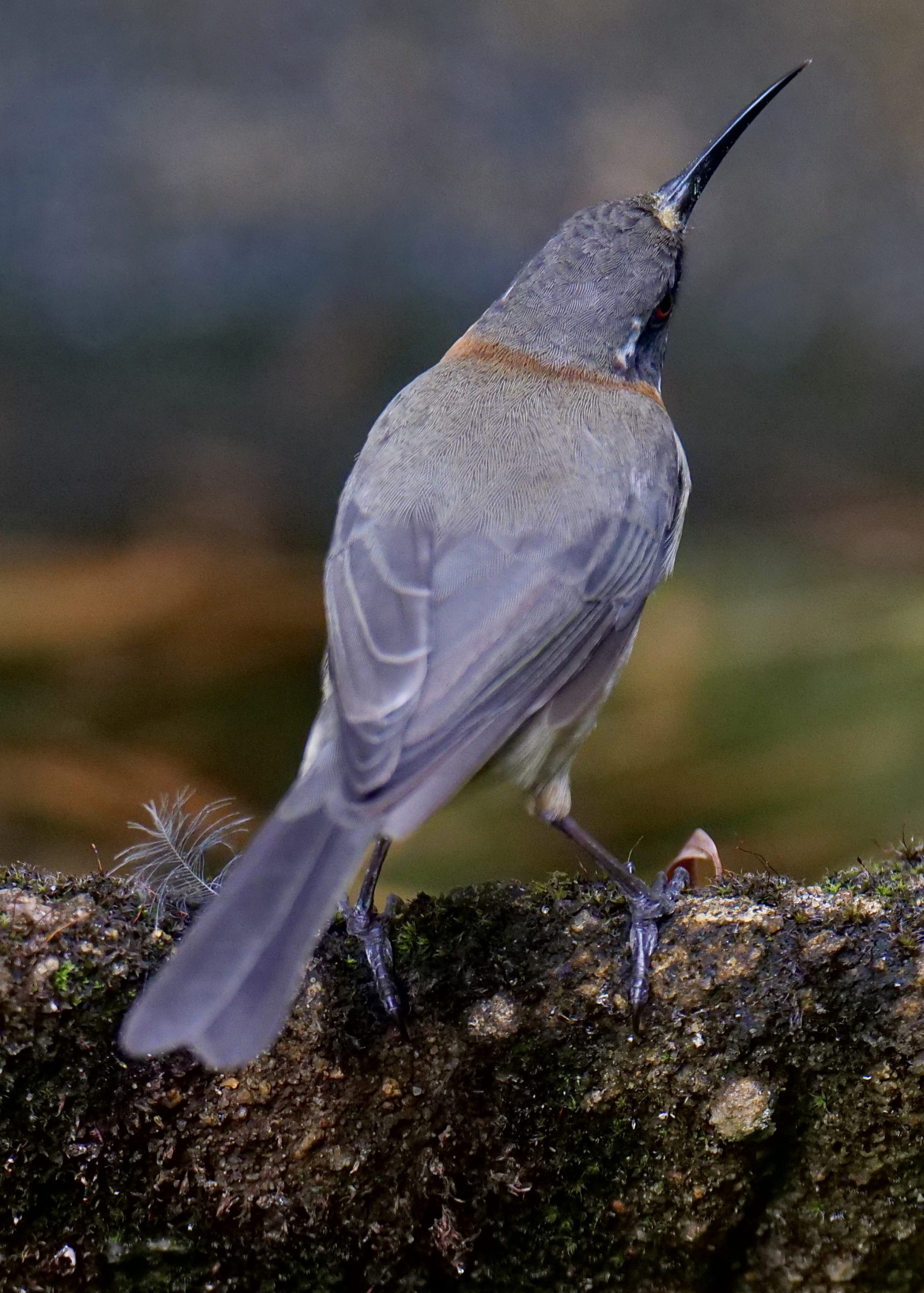
One moment, a bird looks “confident”, plush, plump, sleek.
A moment later it can look scrawny, bedraggled, “forlorn”.
This is most especially often true when a dry bird becomes a wet bird.
Concurrent changes in the relevant bird’s actual state of mind do not necessarily bear any relation whatsoever to the watching human’s notions/preconceptions/fantasies.
How I (fruitlessly) wish that those who write inane, anthropomorphic captions for tabloid newspapers’ “cute” animal pictures would accept this reality!
Immediately below is a dry bird, about to take a micro-plunge.
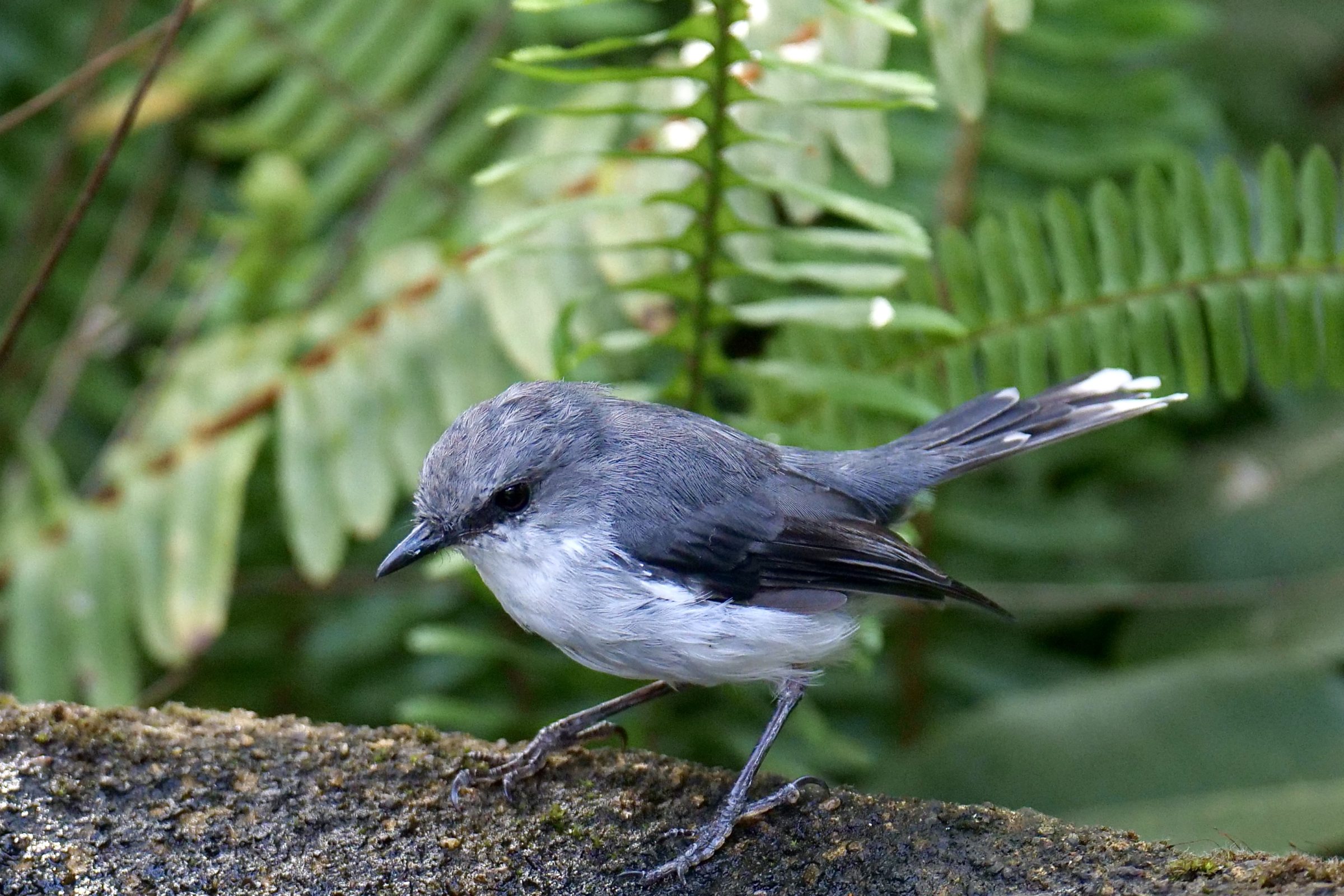
Having gently – and ever so-quickly – dampened its undercarriage, our hero or heroine returned to the bath’s rim, then decided to take a deeper dive.
